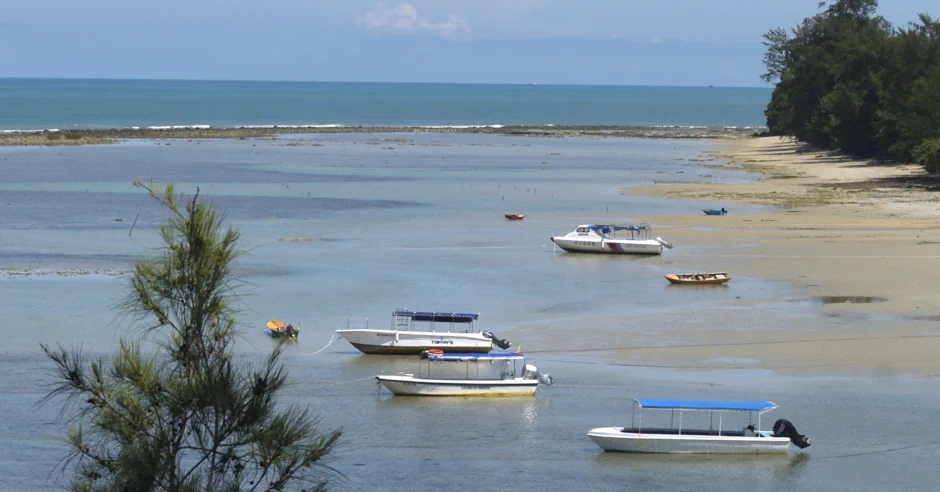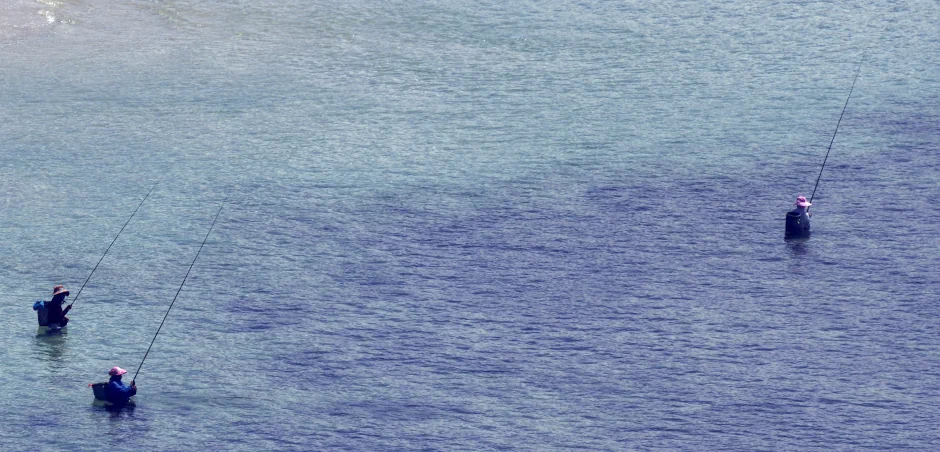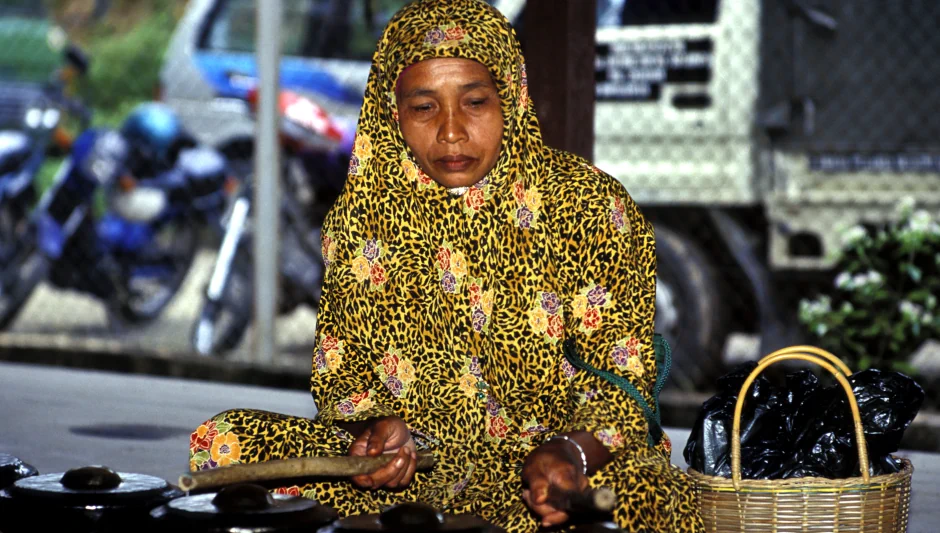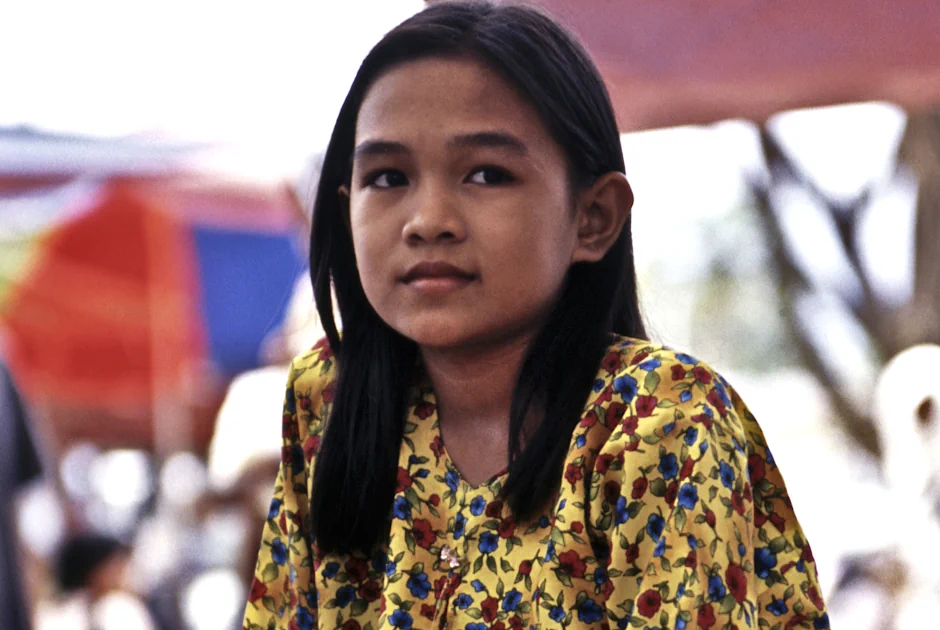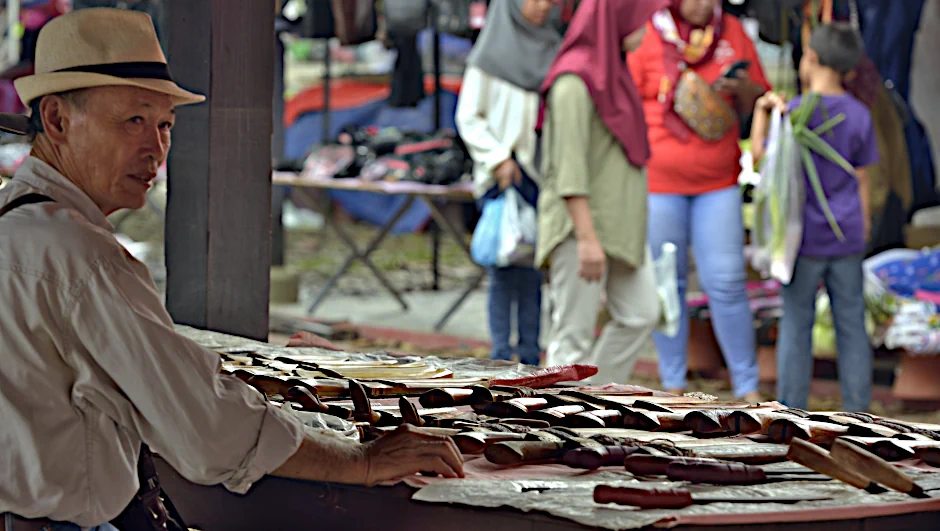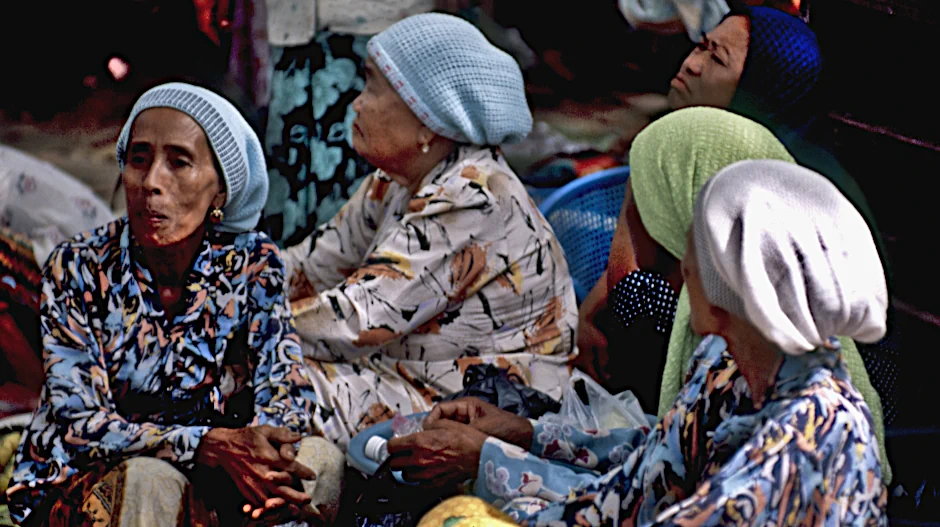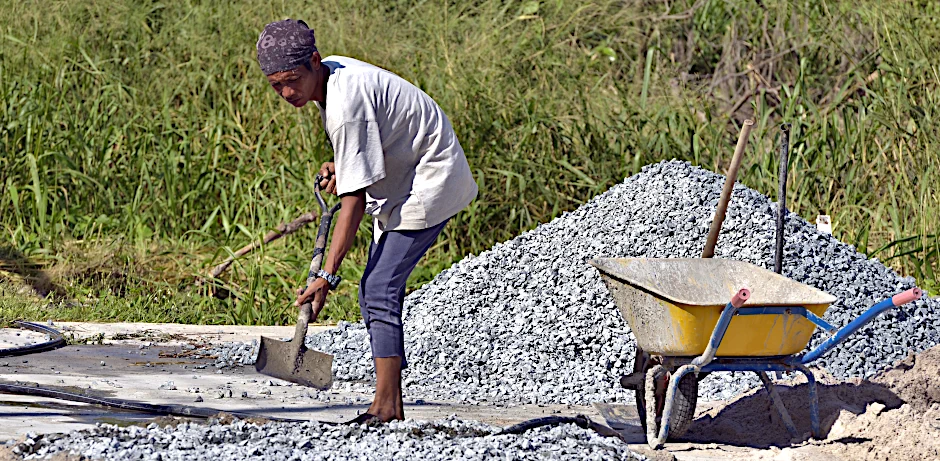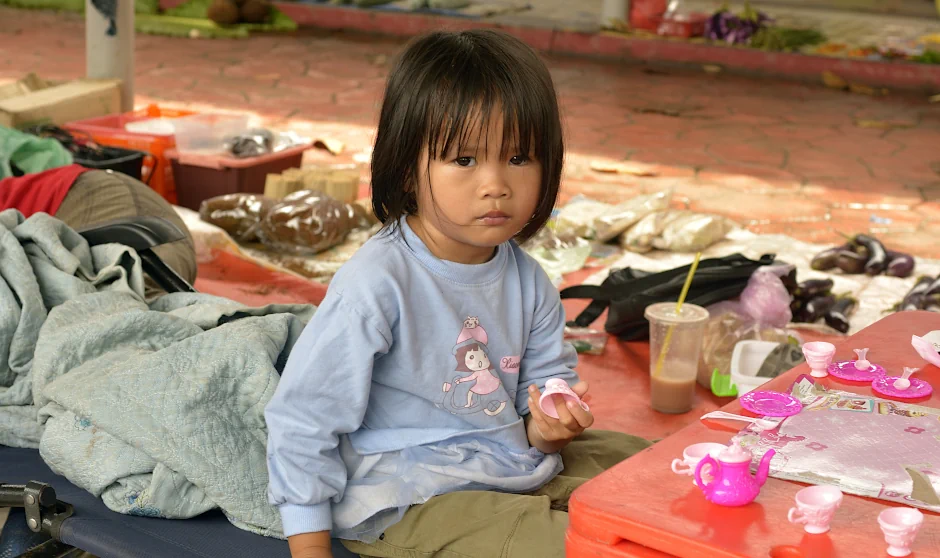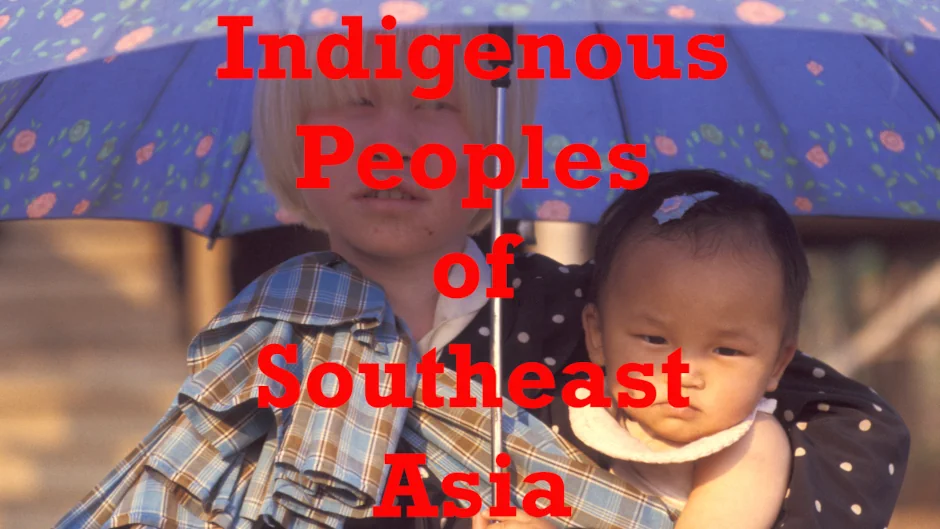The Indigenous Bajau People
Ethnonyms: Badjao, Badjau, Bajao, Bajaw, Sama Dilaut, Sea Gypsies Countries inhabited: Indonesia, Malaysia, The Philippines Language family: Austronesian Language branch: Malayo-Polynesian
The indigenous Bajau people have lived a nomadic, seafaring lifestyle for most of their existence. A few Bajau people still practice that lifestyle today, and they are often referred to using the derogatory term "sea gypsies." A lesser derogatory term for them is "sea nomads."
Bajau sea nomads chart the waters of the Sulu Sea, off the southwestern coast of the Philippines, as well as the seas that surround the Indonesian island of Sulawesi and the island of Borneo. These are among the most dangerous waters in the world with sporadic policing and a high rate of open piracy. Yet, the Bajau claim never to have wielded weapons — claiming that they prefer to flee from piracy attacks.
In the past, they came ashore only to trade, shelter from storms, bury their dead and to live temporarily while making new boats.
The seafaring Bajau still make their living from fishing. But most of them have now abandoned that lifestyle. They first began living permanently on land about 200 years ago. Many Bajau are now located in Malaysia's eastern state, Sabah, on the island of Borneo. They are mainly farmers and cattle rearers, which has earned them the local nickname, "Cowboys of the East." Indeed, their equine skills are well known in this part of the world, and are always seen on display in Bajau ceremonial events. Still other Bajau live a lifestyle between nomadic and sedentary, housed in villages on the water, but not far from land.
The Bajau are traditionally a colorful, festive and musical people. Their folklore suggests that they are descended from royalty. That is perhaps why they wear richly colorful clothes, often still made by hand from traditional dastar fabric. The more highly regarded a woman is, the more brightly and colorfully she dresses. Brides and grooms wear even more colorful clothes at weddings.
Brides also receive water buffalo as part of their dowry. Water buffalo are a special animal to the Bajau. Arranged marriages are still common, and marriage by kidnap and elopement happens even today.
Although they are the second-largest indigenous people in Sabah, the precise origin of the Bajau is unknown. They may have come from Johore, in peninsular Malaysia, long before the two Borneo states became a part of the country. Wherever they came from, their migration has been attributed in part to their pursuit of trade, particularly in a sea cucumber species called the trepang.
It is considered a delicacy and is used in soups made as far away as China, where it is also used medicinally. Bajau divers can descend as deep as 70 meters (without scuba equipment), holding their breath for many minutes, in search of it. Only recently has the genetic mutation responsible for this feat been discovered.
Almost all Bajau today are Sunni Muslim. They believe that, among their people, are descendants of the prophet Mohammed. Yet many — predominantly the seafaring, nomadic Bajau — retain spiritually based religious practices that pre-date any major religion. In their original religion, designated shamans communicate with the spirit world in ritual ceremonies of celebration, worship and exorcism. In one exorcism ceremony, "spirit boats" are sailed into the open sea to their God of the sea, Omboh Dilaut, so that he will cast the offending spirit away from their community.
A large part of Bajau history and tradition is captured in their folklore. One ancient story tells of a giant man, named Bajau himself. His people (the Bajau) would follow him into rivers because, whenever he went there, the river was so overflowed by his body mass that they could easily collect dead fish. They eventually came to call on his service just to help them catch the fish.
Other indigenous peoples in the area soon learned of his reputation and, being envious of the advantage he bestowed on his people, plotted to kill him. But their efforts came to no avail and he survived the poisoned arrows they fired at him.
His epitaph is a stone which he carried to his own burial place — a stone that no other man could lift. Some Bajau — and other local indigenous peoples — still fear his stone and his reputation to this day.
Modern versions of folkloric stories like this are, of course, based on their re-telling and their re-interpretation throughout countless generations. Yet, despite these stories having been distorted and exaggerated over time, this one reflects a common theme in most indigenous peoples' folklore: They are the dominant or superior people in a region. Just like all indigenous peoples, the Bajau have gradually lost a part of their cultural heritage as some of their stories were eventually no longer re-told to the next generation.
Similarly, the Bajau are beginning to lose their cultural identity as they integrate with their adopted, land-based communities. An example of this is pictured above. This Bajau man is an economic migrant from the Philippines to Malaysia.
Even the most traditional, seafaring Bajau are losing their boat-building skill as they replace their hand-made lipa-lipa boats with commercially built, mass-produced ones. On Sabah's southeastern-most coast, these traditional boats are a feature of the annual Semporna festival, for which they are colorfully decorated and raced against each other in a celebration of Bajau culture. It is now uncertain how long this festival might continue.
Despite these changes, the richness of Bajau cultural heritage is starting to be recognized as worthy of preservation. In addition to anthropological works (see References below), organizations like the Sabah Bajau Arts and Cultural Association and the Centre for Borneo Studies sponsor events that spotlight and promote Bajau culture. Perhaps the Bajau child pictured above will one day swap her made-in-China plastic, toy tea set for a Bajau-made toy stone like the epitaph carried by her folkloric Bajau ancestor himself.
Photography copyright © 1999 - 2025, Ray Waddington. All rights reserved. Text copyright © 1999 - 2025, The Peoples of the World Foundation. All rights reserved.

Waddington, R. (2003, revised edition 2023), The Indigenous Bajau People. The Peoples of the World Foundation. Retrieved December 27, 2025, from The Peoples of the World Foundation. <https://www.peoplesoftheworld.org/text?people=Bajau>
Web Links Indigenous Malaysian Market (short film on YouTube) Unsustainable sea-farers: the last Bajau sea nomads Twilight of the Sea People How Asia's Super Divers Evolved for a Life At Sea Books Sather, C., (1997) The Bajau Laut: Adaptation, History, and Fate in a Maritime Fishing Society of South-Eastern Sabah. Oxford: Oxford University Press. Teo, S. S., (1989) Lifestyles of the Badjaos. Manila: Centro Escolar University Research and Development Center. Bottignolo, B., (1998) Celebrations With the Sun: An Overview of Religious Phenomena among the Badjaos. Quezon City: Ateneo de Manila University Press. Nimmo, H. A., (1972) The Sea People of Sulu: A study of Social Change in the Philippines. San Francisco: Chandler Publishing Company. Nimmo, H. A., (1994) Songs of Salanda and Other Stories of Sulu. Quezon City: Ateneo de Manila University Press. Warren, C., (1983) Ideology, Identity and Change: The Experience of the Bajau Laut of East Malaysia. James Cook University, Southeast Asian Monograph Series, No.14. National Conference on the History and Culture of the Bajau. February 26-27, 2001. Culture and Peace Studies, 1, 1, June 2001. Yamamoto, H., (2002) "The Emergence of Bajau Identity in British North Borneo (Sabah)" Southeast Asia: History and Culture, 31, May 2002.
